Related
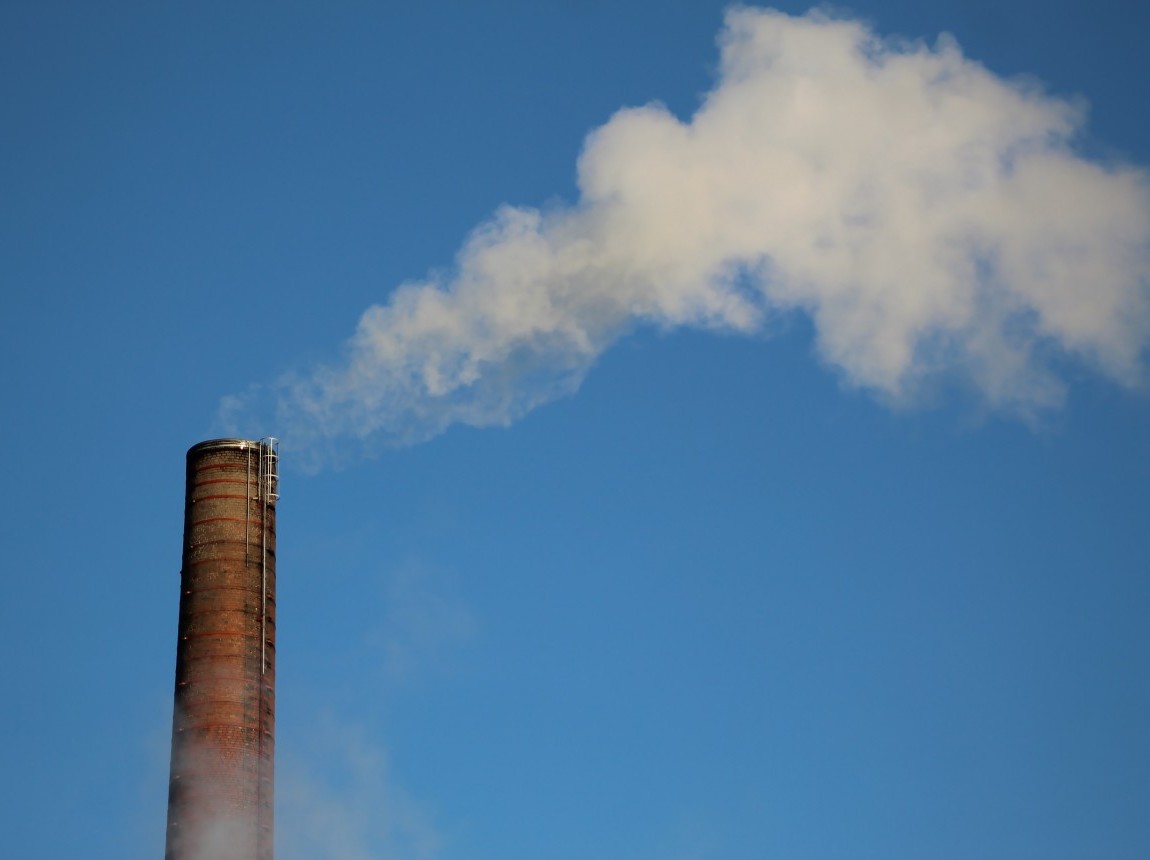
Mar 09,2022
Kevin Cromar To Participate In Panel Hosted By GWU
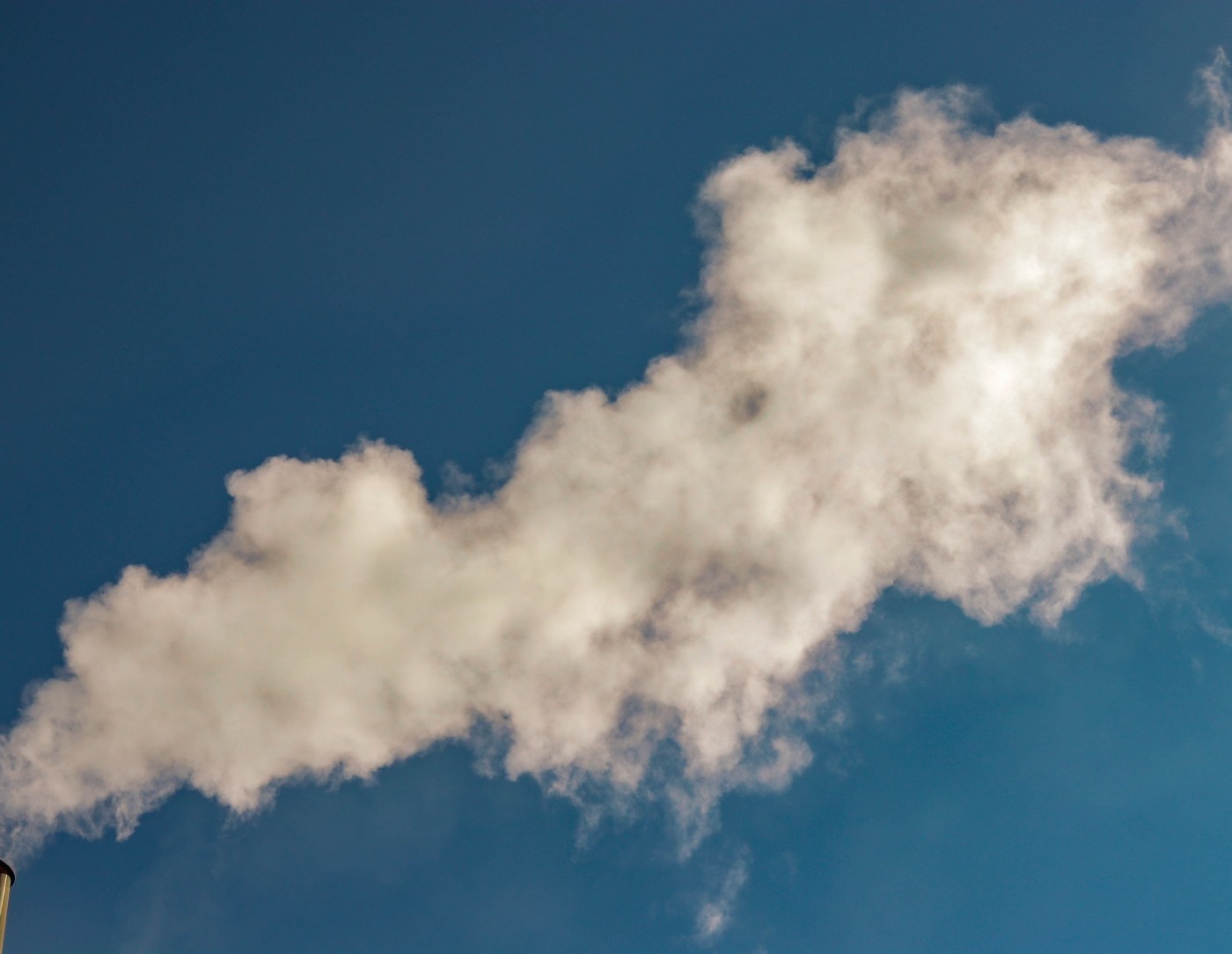
Report
/ Feb 01,2017
What constitutes an adverse health effect
of air pollution?
by
Kevin Cromar

Black plumes of smoke billowing into the sky above New York City. Hundreds of New Yorkers suffering premature deaths annually, with many more visiting emergency rooms or being hospitalized each year. The culprit? Air pollution. To address this environmental and public health threat, the Mayor of New York City launched a visionary effort to improve the city’s air quality. As the focus of that effort narrowed to address a major source of locally generated air pollution -- building emissions -- government officials engaged a wide range of stakeholders. Those stakeholders included environmental and health advocates, the real estate and business communities, unions, community-based organizations and academics, who often find themselves isolated from policymaking processes because of time and resource constraints. With environmental and health advocates differing from the real estate and business communities on the best solution to reduce building emissions, academics from New York University shared an important quantitative analysis of an emerging policy proposal with stakeholders. That timely analysis, delivered at a critical juncture in the process, helped inform the outlook of some stakeholders. The narrative that follows is the story of how this policymaking process, and the public-private partnership that evolved from it, helped New York City’s air quality reach the cleanest levels in 50 years and continues to save lives today.
THE mere image of New York City’s iconic skyline has been known to stir souls around the world. Made famous in countless movies and works of art, few are surprised when they hear or read evocative, emotional or even romantic terms used to describe it.
What may be of surprise, however, is that some of the buildings dotting that famous skyline are a major source of dangerous air pollution. That pollution can lead to the development of cardiovascular problems, respiratory disease, chronic bronchitis, thousands of lost work days or even the premature death of hundreds of New Yorkers each year.
How can the homes, offices and even school buildings of New Yorkers pose such a serious threat to their very lives?
Boilers in nearly 10,000 New York City buildings generate heat and hot water by burning the heaviest, most polluting form of heating oil. This heating oil emits fine particles or black “soot” into the air that can reach “deep into the lungs” of humans, as well as the bloodstream, posing devastating health threats.
“Only 1% of the city’s nearly one million buildings burn heavy heating oil, but those buildings emit more soot pollution than all the cars and trucks on New York City streets combined,” said Isabelle Silverman, a former senior attorney at the Environmental Defense Fund, which released a 2009 report exposing the impact of heavy heating oil on the lives of New Yorkers.
Having recognized early on the dangers of this locally generated but controllable form of pollution, the New York City Mayor’s Office initiated a process to study the issue and develop the best possible solution. As part of that process, city officials engaged a wide range of stakeholders to provide input.
While environmental and health groups forcefully advocated to ban heavy heating oil in New York City and require a switch to cleaner fuel sources, building owners and industry groups raised serious concerns about the significant capital costs of converting or replacing old boilers to handle cleaner fuels. Some argued that those costs would be passed on to residents and tenants at a time when many New Yorkers were still reeling from the 2008 financial crisis and “Great Recession.” Practical concerns were also raised, including the constraints some buildings faced in accessing natural gas pipelines, which would impact how quickly they could convert to that cleaner fuel source.
At this stage, you may be thinking this narrative probably has a highly predictable trajectory and ending: environmental and health advocates square off against private industry to pass or block government regulations, one side “wins” and the other side is left so aggrieved that it challenges the outcome.
But what actually happened may surprise you.
TOWARD the end of 2008, just as two high-profile efforts with the potential to improve local air quality were blocked — congestion pricing for Lower Manhattan and conversion of the city’s taxi fleet to all-hybrid vehicles — academics from the Institute for Policy Integrity at New York University School of Law initiated a research project focusing on one of the most pressing air quality issues facing the city.
“We knew that building emissions contributed to as much as a third of all locally generated particle pollution in New York City and that this pollution could be reduced by switching to cleaner fuel sources,” said Kevin Cromar, then a researcher at New York University School of Medicine and a Public Health Fellow at the Institute for Policy Integrity. “But we didn’t know what the quantitive health and economic benefits of converting to cleaner fuel sources were, so we decided to find out.”
Working with Jason A Schwartz, then a Legal Fellow at the Institute for Policy Integrity, Cromar launched the research project. At the very outset of their work, the academics contacted the primary policymakers in the New York City Mayor’s Office to alert them of the research project and to listen to any feedback that would inform the project.
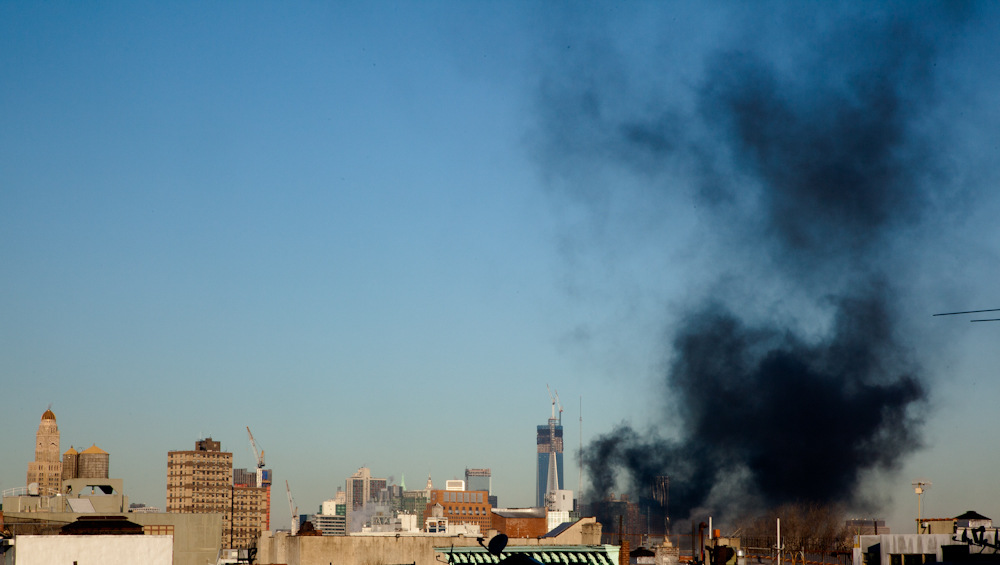
BEGINNING in 2006, New York City Mayor Michael Bloomberg identified the need to prepare the city for the estimated one million new residents projected to be living there by 2030. To that end, the Mayor created the Office of Long-Term Planning and Sustainability to craft a comprehensive plan for city’s growth and development.
After a year of study and extensive outreach, the Bloomberg administration launched PlaNYC 2030. It established 127 new initiatives to create “a greener, greater New York.” A key goal of this comprehensive and visionary effort was to achieve “the cleanest air quality of any big city in America,” according to Mayor Bloomberg. The strategy to accomplish that ambitious goal included, among other efforts, reducing emissions from buildings.
New York City buildings use a variety of energy sources that have a wide range of emissions. The cleanest is natural gas, followed by a type of fuel known as No. 2 distillate heating oil. The dirtiest energy source used in New York City is No. 6 residual oil. This inexpensive heavy heating oil, which has been likened to “unrefined sludge,” is called “residual oil” because it is the leftover product from the petroleum refining and distillation process. At room temperature, No. 6 oil is nearly solid, resembling tar or asphalt. To maintain a liquid form, it must be stored in a heated tank.
In addition to the foregoing energy sources, there is “distillate residual blend” fuel, known as No. 4 oil. It is a blend of the cleaner No. 2 distillate fuel and the dirtier No. 6 residual oil. Because it is a 50/50 blend that includes the much cleaner distillate fuel, No. 4 oil is less polluting than noxious No. 6 oil.
Of the nearly 10,000 boilers burning heavy heating oil at the time the Bloomberg administration sought to reduce building emissions, roughly 62% were burning the highly polluting No. 6 oil while the remaining 38% were burning No. 4 oil. As the Bloomberg administration noted, both No. 6 and 4 “oil have significantly higher levels of sulfur, nickel, and other pollutants” than No. 2 oil or natural gas. The pollution from boilers burning No. 6 and 4 oil is visible to New Yorkers as the buildings using those fuels tend to emit black plumes of smoke into the sky. In fact, those black plumes of smoke have been the source of thousands of complaints to 311, New York City’s non-emergency services line.
With the proposals for congestion pricing and conversion of New York City’s taxi fleet to all-hybrid vehicles stymied, the Bloomberg administration intensified its focus on reducing building emissions.
WHEN the academics from the Institute for Policy Integrity first reached out to the Mayor’s office in late 2008, it led to a crucial opportunity for the researchers: contact with other stakeholders who were also working on the residual or heavy heating oil issue. Over the next couple of years, the researchers participated in stakeholder meetings with government officials and representatives from environmental and health advocacy organizations, real estate groups, heating oil industry, local utilities, labor unions, community organizations and others.
Listening to the perspectives of city officials and stakeholders helped inform and guide the research we were doing. We were able to focus limited resources on a more defined portion of the original project, which also led to better results delivered in a timely way.
- Kevin Cromar, Assistant Professor at NYU School of Medicine + leader of the Air Quality Initiative at the Marron Institute
After more than a year of research and participation in stakeholder meetings, on January 21, 2010, the Institute for Policy Integrity released “Residual Risks: The Unseen Costs of Using Dirty Oil in New York City Boilers.” The report concluded that phasing out residual oil in New York City and transitioning to cleaner fuel sources over a twenty year period would result in at least 600 avoided deaths and $5.3 billion worth of better health outcomes.
Just a few weeks earlier, on December 16, 2009, the Environmental Defense Fund released its own report, “The Bottom of the Barrel: How the Dirtiest Heating Oil Pollutes Our Air and Harms Our Health.” This report identified the location of buildings in New York City that were burning No. 6 and No. 4 oil. It also exposed how a small percentage of buildings were adversely impacting the entire city’s air quality. The report concluded “that pollution from residual oil can be cut by about over 93% by switching to No. 2 heating oil or natural gas.”
Around the same time, the New York City Department of Health and Mental Hygiene released the “first-ever” New York City Community Air Survey (NYCCAS), the largest and most “comprehensive street-level air quality” monitoring survey in the United States. Launched as a critical component of PlaNYC’s clean air effort, the survey results revealed that the highest levels of soot and sulfur dioxide pollution were concentrated in neighborhoods where No. 6 and/or No. 4 oil were in use.
With these studies highlighting the adverse impacts of buildings burning No. 6 and 4 heavy heating oil, environmental and health advocates wanted to see immediate and maximized action to address the issue. Just before the start of Mayor Bloomberg’s third term in January 2010, the New York Times reported that the administration faced increasing “pressure… to give buildings a firm 10-year deadline for switching to cleaner oil or to natural gas.”
Building owners, however, continued to raise significant concerns about the capital costs and practical challenges of switching from No. 6 and No. 4 heating oil to cleaner fuel sources such as natural gas or No. 2 oil. The New York Times noted that it could “take more than $100,000 to replace oil burners, clean up tanks and switch their heating systems to cleaner oil or to gain access to suitable natural gas pipelines.”
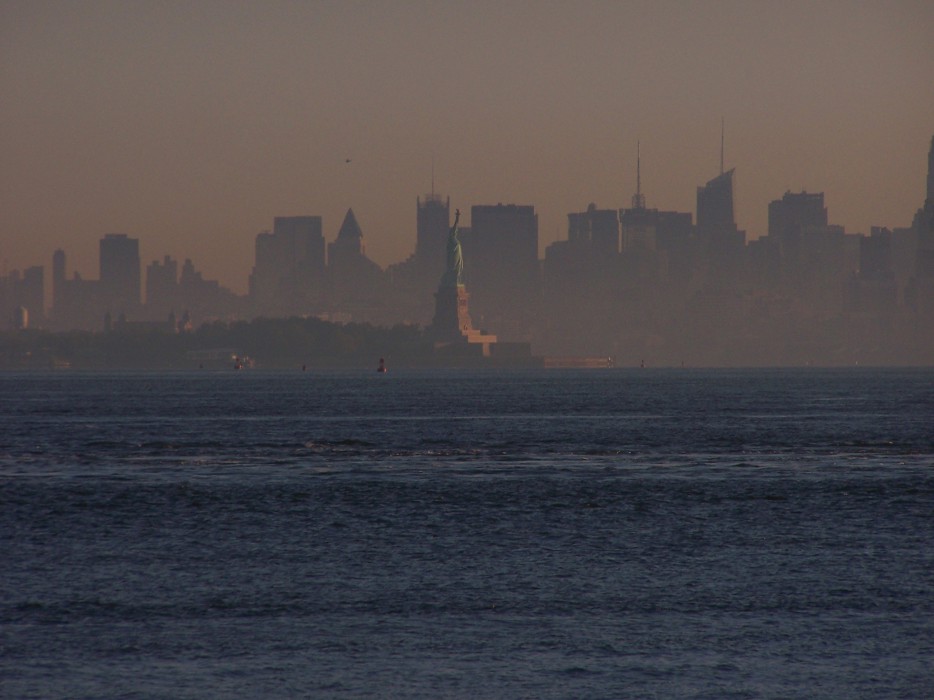
INFORMED by the NYCCAS environmental monitoring results, as well as years of research, analysis and stakeholder input, the Mayor’s Office of Long-Term Planning and Sustainability and New York City’s Department of Environmental Protection proposed lowering the sulfur content of No. 4 oil as a way to reduce pollution while phasing-out use of heavy heating oil.
Because No. 4 oil is a mix of residual and distillate oil, it is possible to lower the sulfur content of that particular fuel. Significantly, boilers already using No. 6 or traditional No. 4 oil could transition to the proposed low-sulfur No. 4 oil without having to replace the boiler or make the very costly upgrades required when converting to No. 2 oil or natural gas. As a result, low-sulfur No. 4 oil could serve as a transition fuel that would help phase-out noxious No. 6 oil and reduce air pollution while minimizing costs and giving building owners time to prepare for conversion to even cleaner fuel sources.
The Institute for Policy Integrity researchers first learned about the low-sulfur No. 4 proposal as a result of being part of the stakeholder process. They also learned that a reduction in the sulfur content of No. 2 oil was under consideration in the New York State Legislature, which would make that distillate fuel even cleaner.
Given the new focus on low-sulfur fuels to help phase-out No. 6 residual oil and traditional No. 4 oil, the academics began updating the original “Residual Risks” analysis to quantify the health and economic benefits of the lower-sulfur fuel alternatives.
“We moved quickly because the policy process was active,” according to Schwartz, now the Legal Director of the Institute for Policy Integrity and an Adjunct Professor of Clinical Law at New York University School of Law. “But we were able to do so without sacrificing the rigorous quality of our work.”
Once the updated quantitative analysis was completed, the academics sensed — as a result of participating in the policy process and listening to stakeholders — that the findings would be of particular interest to stakeholders. At the next meeting, the academics shared a summary of the findings in two simple tables, which were presented on a single page.
The results were compelling and straightforward: converting from No. 6 and traditional No. 4 heavy heating oil to the proposed low-sulfur No. 4 oil would deliver most of the health and economic benefits that would be gained from transitioning to No. 2 oil but without the need for the costly capital expenditures that were of such concern for some stakeholders.
“Prior to the Institute for Policy Integrity’s updated analysis, environmental groups were skeptical about allowing low-sulfur No. 4 oil as an interim fuel,” said Isabelle Silverman, the former senior attorney with Environmental Defense Fund. “But the only way to get a rapid phase-out of the highly polluting No. 6 oil was to allow low-sulfur No. 4 oil as an interim fuel while buildings prepared to switch to No. 2 oil or natural gas. The Institute for Policy Integrity’s analysis showed that there would be some positive health and environmental benefits from requiring No. 4 oil to become low-sulfur, which helped convince the environmental community that low-sulfur No. 4 oil — when combined with the rapid phase-out of No. 6 oil — was an acceptable compromise.”
When asked if the analysis from the academics helped stakeholders move forward and embrace low-sulfur No. 4 oil as a compromise, former Commissioner of the Department of Environmental Protection Carter H. Strickland, Jr., who played a lead role in the policymaking process while in senior positions with the Bloomberg administration, said: “There’s no question.”
Silverman added: “The Institute for Policy Integrity analysis made a difference because the results helped facilitate a compromise on a critical issue, which allowed the policy process to move forward to a successful conclusion."
IN the months that followed, the policy process continued as the Bloomberg administration worked with the New York City Council to introduce legislation to reduce the permissible sulfur level in No. 4 oil and to address the concerns some raised about the creation of a “boutique fuel” for New York City. The administration’s Department of Environmental Protection also developed detailed regulations targeting and phasing-out the most polluting heating fuel — No. 6 residual oil — by 2015 while allowing low-sulfur No. 4 to serve as a transition fuel until 2030.
On August 16, 2010, Mayor Bloomberg signed a City Council bill into law that lowered the permissible sulfur content in No. 4 oil by half and required that “all heating oils used in New York City contain at least 2% biodiesel fuel.” At the time of the bill signing, Mayor Bloomberg noted that the new city law “complemented” a very important state law, which the New York Governor had signed just one month earlier, that cut the permissible sulfur level in No. 2 oil “by 99 percent.”
A few months later, on January 28, 2011, Mayor Bloomberg proposed Department of Environmental Protection heating oil regulations that were designed to improve the city’s air quality and to “substantially improve public health in an achievable timeframe” while minimizing the costs of compliance.
Specifically, as Mayor Bloomberg’s announcement noted, the proposed regulations required that all newly installed boilers in New York City buildings “only burn low-sulfur No. 2 oil, natural gas” or a fuel source with equivalent emissions. In addition, all boilers operating in New York City would have “to switch from No. 6 oil to the new low sulfur No. 4 heating oil by 2015, or to an equivalent cleaner fuel.” Finally, existing boilers not yet replaced would have to “be modified to meet the equivalent emissions of burning low-sulfur No. 2 oil or natural gas” by 2030.
To address the concerns about the capital costs of converting to cleaner fuel sources, the proposed regulations provided that property owners able to “demonstrate a severe financial hardship” could apply for “a compliance schedule to fully follow the new regulations but in an extended timeframe.”
Following a public comment period, the proposed regulations were adopted on April 21, 2011.
Neither the law creating low-sulfur No. 4 oil nor the heating oil regulations were ever formally challenged. More importantly, many of the same stakeholders who participated in the policymaking process continued to work with New York City government officials after the law and regulations were enacted to ensure successful implementation.
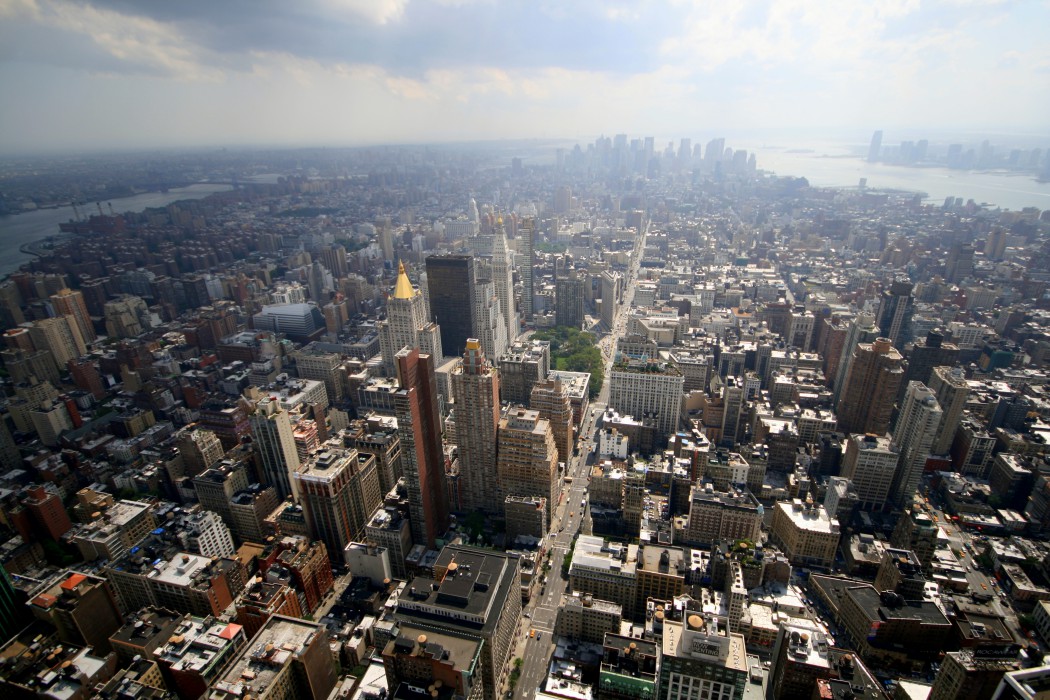
ON the same day the heating oil regulations were adopted, “NYC Clean Heat” was launched. What began as a public education campaign with the Environmental Defense Fund under PlaNYC, developed into public-private partnership designed to encourage the buildings to convert to cleaner fuel sources faster than legally required. Participants in NYC Clean Heat include New York City government, the Environmental Defense Fund, the real estate community, the finance community, the state heating oil association, local utilities, labor groups, nonprofits and community-based organizations.
The partnership, which the Environmental Defense Fund helps manage with New York City’s government, educates the public about the impacts of residual or heavy heating oil, the benefits of using cleaner fuels and how to convert to cleaner fuels. For buildings converting to clean heating sources, the partnership provides technical assistance and makes $100 million in mostly private financing available. The city also works with local utilities to accelerate upgrades to the city’s natural gas distribution system.
While the New York Times has reported on some of the challenges associated with converting to cleaner fuel sources, approximately 3,500 of the nearly 10,000 buildings originally identified as burning No. 6 and traditional No. 4 oil have converted since the adoption of the heating oil regulations in 2011, “resulting in an estimated 320-ton drop in the amount of airborne soot,” according to the Environmental Defense Fund. Currently, 1,500 additional buildings are in the process of completing their conversions to cleaner fuel sources.
TWO years after the city adopted the heating oil regulations, Mayor Michael Bloomberg announced that “New York City’s air quality [had] reached the cleanest levels in more than 50 years.”
The announcement, made on September 26, 2013, noted that New York City experienced a 69 percent drop in sulfur dioxide levels since 2008 and 23 percent drop in the level of soot pollution since 2007. A NYCASS report released that same day, calculated that the cleaner air in New York City helped “contribute to 780 fewer deaths, 1,600 fewer emergency department visits for asthma, and 460 fewer hospitalizations for respiratory and cardiovascular disease annually.”
This success was largely attributed to New York City phasing-out use of the most polluting heating oils through legislative and regulatory action, as well as the work of NYC Clean Heat to accelerate the conversion of buildings to cleaner fuels.
According to the New York Times, Mayor Bloomberg declared that the “continued health benefits of this conversion to cleaner heating fuels will make it the single biggest step to save lives since we began our comprehensive smoking control program.”
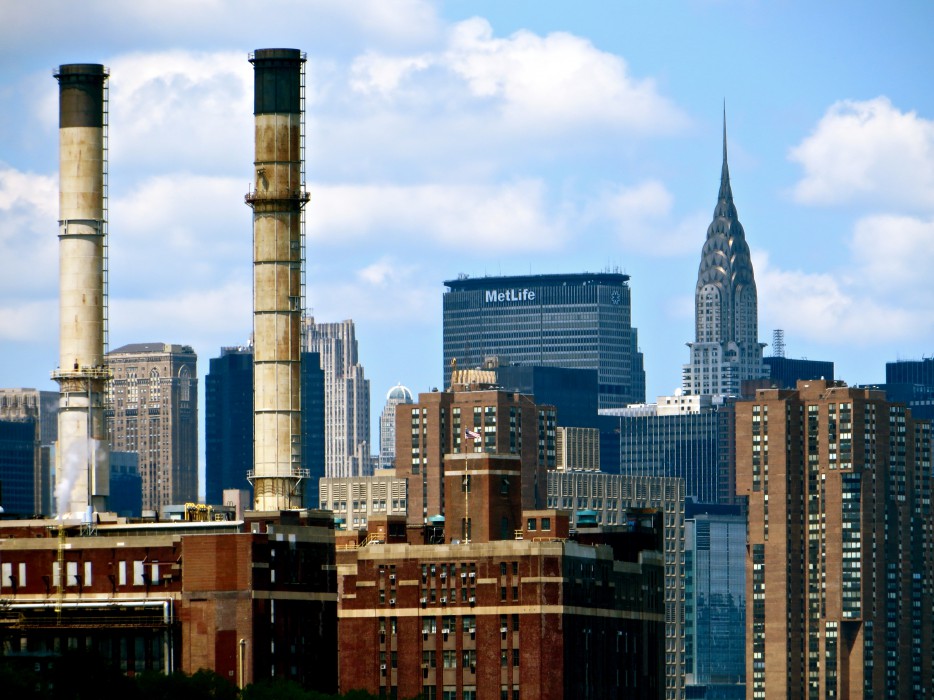
CIVIC leaders, environmental advocates, health advocates, business leaders, policymakers, government officials and community-based organizations widely credit and praise Mayor Bloomberg’s leadership as a critical factor in helping improve the city’s air quality.
A number of other factors have been recognized as contributing to New York City achieving the cleanest air quality in 50 years. Chief among them, the Bloomberg administration’s visionary undertaking of PlaNYC 2030, which launched the first-ever comprehensive street-level air quality monitoring in the country. The Department of Health and Mental Hygiene’s NYCCAS monitoring results helped the city develop a targeted solution to a locally generated air quality challenge and measure its success.
New York State government also receives high praise for passing the July 2010 law that created ultra low-sulfur No. 2 oil. The Bloomberg administration actively supported passage of that law, seeing it as a critical step to improving New York City’s air quality. Many of the health advocates, environmental groups, state heating oil association, community-based organizations and others who participated in the city’s stakeholder process for the heating oil regulations also championed passage of the low-sulfur No. 2 state law.
Likewise, the New York City Council is recognized for its role in passing the low-sulfur No. 4 law, along with the 2% biodiesel fuel requirement.
City officials in the Mayor’s Office of Long-Term Planning and Sustainability, as well as the Department of Environmental Protection, also receive significant credit for leading the policy process and consistently engaging a broad group of stakeholders. This engagement helped inform the process, build the necessary support for the policy solutions developed and accelerate conversion to cleaner fuels.
The Environmental Defense Fund is widely recognized for its December 2009 report, which helped expose the disproportionate impact that one percent of New York City’s building stock has on the air that all New Yorkers breathe. In addition, the organization has been recognized for its leadership role in NYC Clean Heat, the public-private partnership with New York City’s government and other stakeholders.
NYC Clean Heat itself has been recognized as a model of how government, the private sector, nonprofits and other organizations can work together to address pressing public policy challenges.
And what of the academics?
“To the extent we were able to help inform the process, I would say it was by delivering a timely benefits analysis and engaging fellow stakeholders,” said Schwartz, the Legal Director of the Institute for Policy Integrity. “But we were just one small piece of what is really a much, much bigger story of the significant and very important contributions of city government, environmental and health advocacy organizations, various industry groups and many others who have worked and continue to work on phasing out residual oil in New York City.”
When asked about the role the academics played in the overall policy-making process, Strickland, a former Commissioner for the Department of Environmental Protection during the Bloomberg administration, said: “I think Institute for Policy Integrity really helped push the ball over the line.”
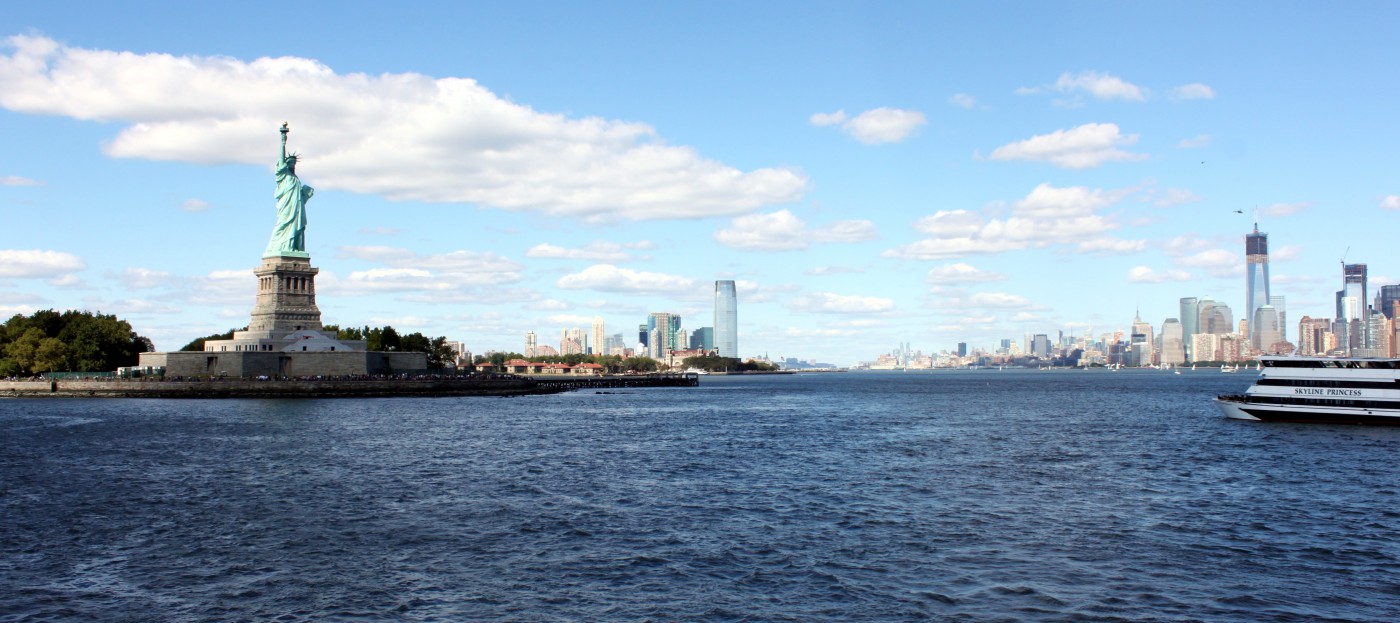
Header image by Vincent Desjardin via Flickr.
Please fill out the information below to receive our e-newsletter(s).
*Indicates required.